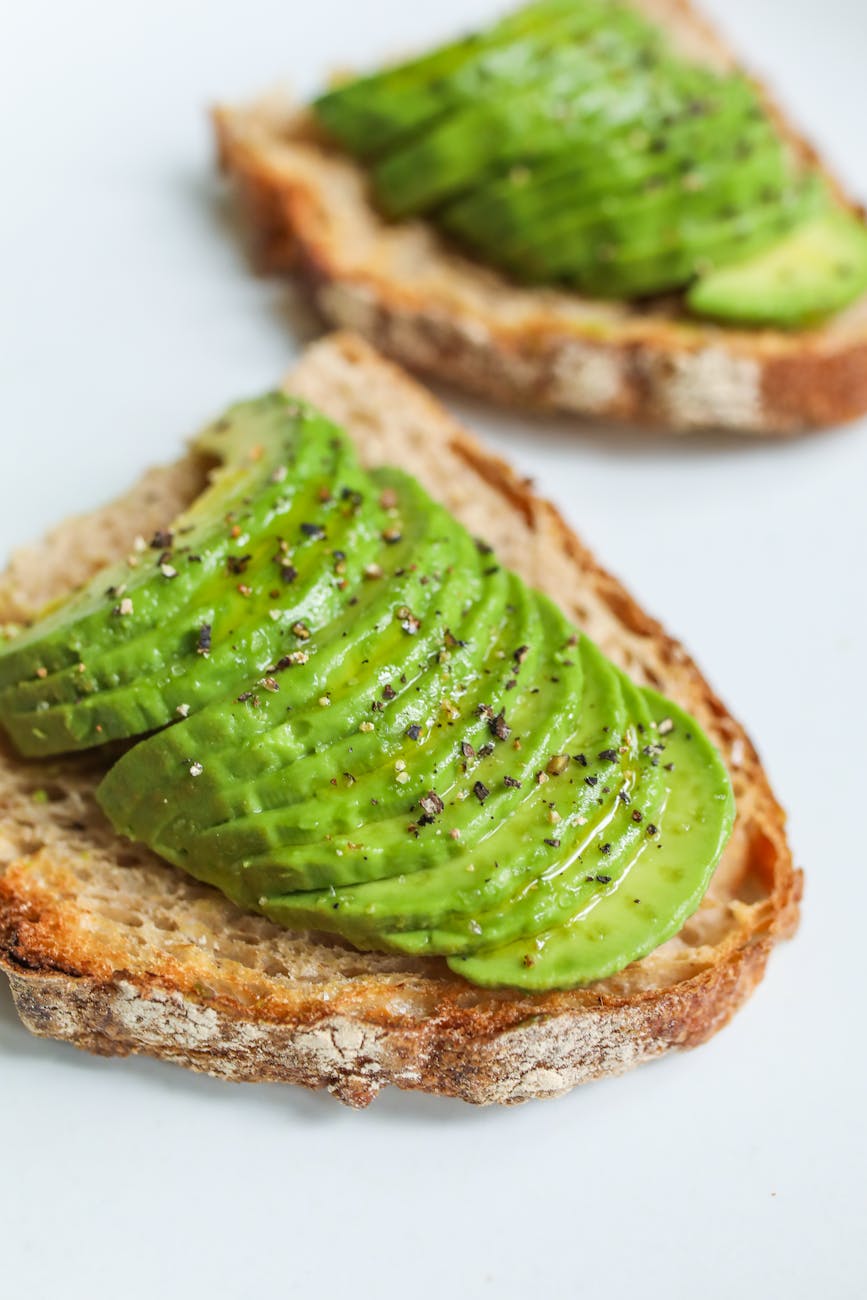
The Impact of Portion Control on Your Dietary Goals
Portion control is a powerful tool in achieving your dietary goals, offering a practical approach to managing your food intake without the need to overhaul your entire diet.
Understanding portion control and its impact on your dietary goals can be transformative. By managing the amount of food you consume, you can effectively regulate calorie intake, which is crucial for weight management and overall health.
The Basics of Portion Control
Portion control involves being mindful of the quantity of food you eat, rather than focusing solely on calorie counting or restrictive diets. This method allows you to enjoy a variety of foods while maintaining a balanced diet.
The Science Behind Portion Control
Research has shown that larger portions can lead to increased calorie intake. A study by the American Journal of Clinical Nutrition found that people consumed 30% more calories when served larger portions. This highlights the importance of controlling portion sizes to prevent overeating.
Expert Insights
Nutritionists often emphasize the importance of portion control as a sustainable approach to dieting. Leila Hassan, a renowned nutritionist, notes that “portion control is about eating the right amount of food for your body’s needs, which can vary from person to person.” This personalized approach helps maintain a healthy lifestyle without the stress of stringent dieting.
Practical Tips for Effective Portion Control
- Use smaller plates and bowls to naturally limit portion sizes.
- Measure your food with cups or a kitchen scale to get a better sense of portion sizes.
- Fill half your plate with vegetables, one quarter with protein, and one quarter with whole grains.
- Listen to your body’s hunger cues and eat slowly to recognize when you’re satisfied.
A Personal Anecdote
A friend of mine once struggled with portion sizes, often feeling overwhelmed by the amount of food on her plate. By gradually reducing her portions and focusing on the quality of her meals, she was able to lose weight and improve her energy levels without feeling deprived.
Comparing Portion Sizes
| Food Item | Standard Serving | Suggested Portion |
|---|---|---|
| Pasta | 1 cup | 1/2 cup |
| Chicken Breast | 6 oz | 3 oz |
| Rice | 1 cup | 1/2 cup |
| Vegetables | 1/2 cup | 1 cup |
| Cheese | 2 oz | 1 oz |
| Fruit | 1 cup | 1/2 cup |
| Bread | 1 slice | 1/2 slice |
| Nuts | 1/4 cup | 1/8 cup |
Use your hand as a guide: a clenched fist equals one cup, a cupped hand is about half a cup, and a thumb is roughly one tablespoon.
The Psychological Aspect of Portion Control
Portion control isn’t just about physical health; it also involves a psychological component. By understanding the triggers that lead to overeating, such as stress or boredom, you can address these issues and make more mindful food choices.
FAQs About Portion Control
What is the benefit of portion control?
Portion control helps regulate calorie intake, prevent overeating, and maintain a balanced diet.
How can I estimate portion sizes when eating out?
Use visual cues like comparing portions to everyday objects, or ask for a to-go box to save half for later.
Does portion control mean I have to give up my favorite foods?
No, it allows you to enjoy your favorite foods in moderation without feeling deprived.
Conclusion
Portion control is a manageable and effective strategy for reaching your dietary goals. By paying attention to how much you eat and making small adjustments, you can enjoy a variety of foods while maintaining a healthy lifestyle. Start small, be mindful, and watch as your dietary goals come into clearer focus.


